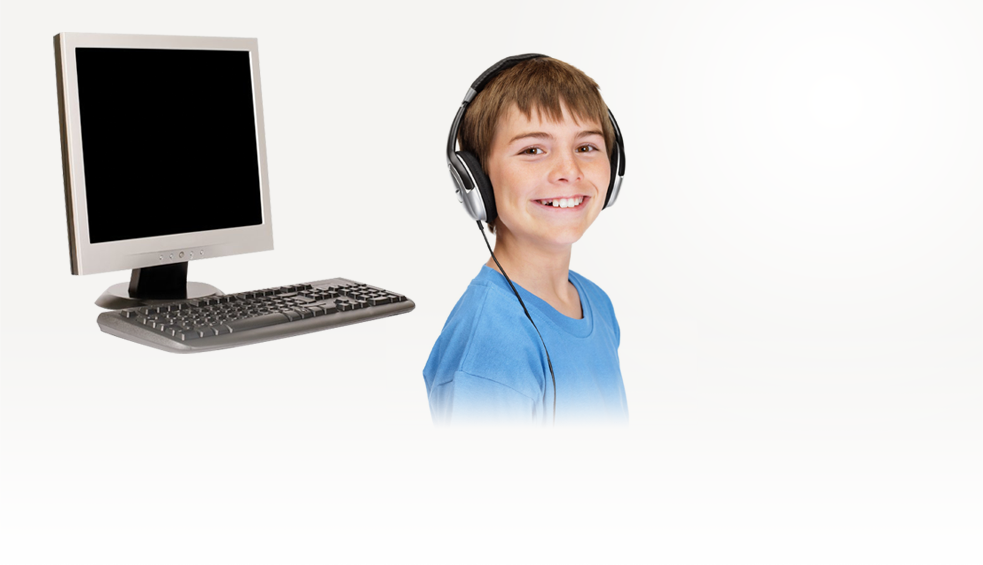What is "aphasia"?
Aphasia is a condition that occurs when areas of the brain that control language functioning are injured. Someone who suffers from aphasia may experience difficulties with talking, understanding others, and literary such as reading and writing. For the majority of individuals, injury to the left portion of the brain will result in aphasia. An injury to the right portion of the brain may cause issues outside of speech and language. People who have aphasia may experience difficulties with swallowing, oral-motor planning (apraxia), and/or oral-motor strength (dysarthria).
How can I tell if someone has aphasia?
People with aphasia will have difficulties with speaking (expressive aphasia), understanding others (receptive aphasia), or experience difficulties with both speaking and understanding (global aphasia). Troubles with reading and writing are also present, and are usually more problematic than speaking or understanding others. The severity of aphasia can range from mild to severe. This is due to where someone’s brain’s injury is located, and how much damage is present.
-
Characteristics of someone with mild aphasia:
- can have appropriate conversations across a variety of situations.
- can have difficulty understanding language that is more involved.
- can have word-finding difficulties (anomia).
-
Characteristics of someone with severe aphasia:
- may not be able to understand any of what is said to them
- speaks very little, or does not speak
- may use everyday sayings, spontaneous speech such as "yes", "hi", and "thanks".
What are some specific examples of different types of aphasia?
There are 3 basic categories of aphasia: expressive aphasia, receptive aphasia, and global aphasia (which is a combination of both expressive aphasia and receptive aphasia). It is common that a person that has aphasia will exhibit expressive, as well as receptive problems at different levels of severity.
Examples of expressive aphasia:
- only uses one-word utterances
- uses brief, disjointed phrases when talking
- leaves out short words that connect a sentence together so that it is grammatically correct (For example ,"I can’t reach the remote." may change to, "Can’t reach remote." or, "Can’t remote.")
- uses incorrect word order
- changes sounds or words (For example, "shirt" is called "pants" or "microwave" is called "wicromave.")
- uses nonsense words
- combines nonsense and real words when speaking; utterances do not sound logical
Examples of receptive aphasia:
- needs additional time to comprehend what others are saying
- experiences a great deal of difficulty grasping fast-paced conversations
- doesn’t understand sayings, or other figurative language (For example, "I have a a frog in my throat.")
- frustration is experienced by both the individual with aphasia, as well as their communication partner; this can unfortunately lead to a failure to communicate.
How is a diagnosis of aphasia established?
Collaboration between a speech-language pathologist (SLP), an individual’s family, and other relevant health professionals (physicians, occupational therapists, physical therapists etc.) is needed when diagnosing aphasia. Through collaboration, an individual’s specific areas of difficulties can best be treated.
An SLP assesses what kind of aphasia a person is experiencing, and to what degree of severity their aphasia is expressed. An SLP examines the following areas when assessing aphasia:
- SPEECH: fluency, voice, articulation, oral-motor strength, oral-motor coordination
- RECEPTIVE LANGUAGE/ UNDERSTANDING: following directions, understanding yes/no and "wh-questions", understanding vocabulary, understanding short verbal messages/stories
- EXPRESSIVE LANGUAGE/ LANGUAGE USE: How is an individual using language to do the following- tell someone accurate steps for how to perform an activity, verbally describe a picture, intelligibly and cohesively tell a story/narrative, speak in grammatically correct sentence, phrases, and words.
- SOCIAL COMMUNICATION: decipher jokes, sarcasm, and explain why an illogical picture doesn’t make sense; initiate, maintain, and terminate conversations; ability to alter message so that a communication partner can better understand
- READING & WRITING: letters, words, phrases, sentences, paragraphs
- SWALLOWING: ability to manipulate different textures of food, and successfully swallow
- AUGMENTATIVE/ ALTERNATIVE COMMUNICATION: (assessed if verbal communication is not functional for the individual)
What can I expect from treatments for aphasia?
A variety of treatments exist for people who suffer from aphasia. You can expect treatment to be specific to the areas of difficulty that the individual is experiencing. Treatment may include a formal therapy program, an informal therapy program based on an assessment of an individual’s needs, or a combination of both. The goal of treatment is to help the person regain as much functioning as possible for his/her daily life skills.




